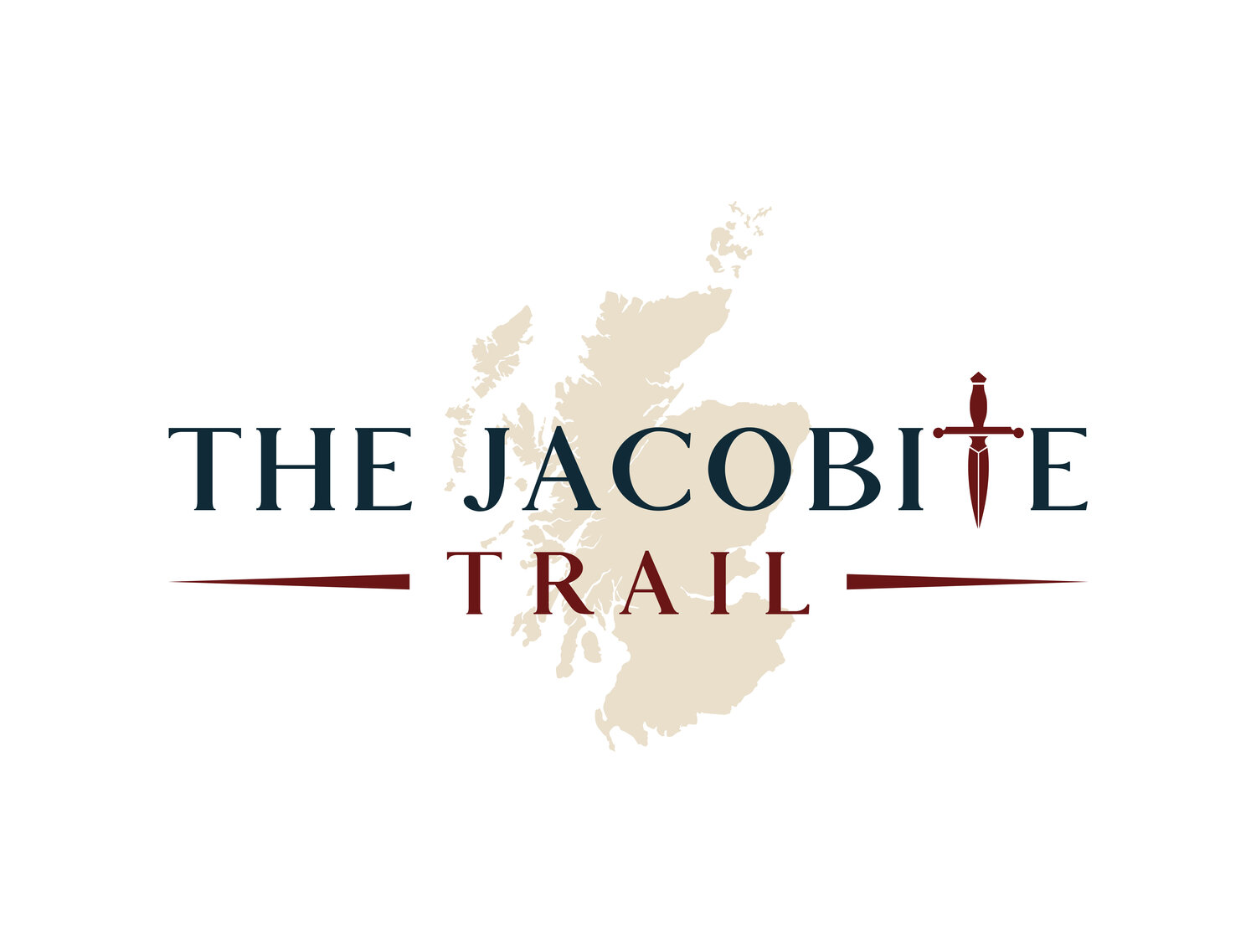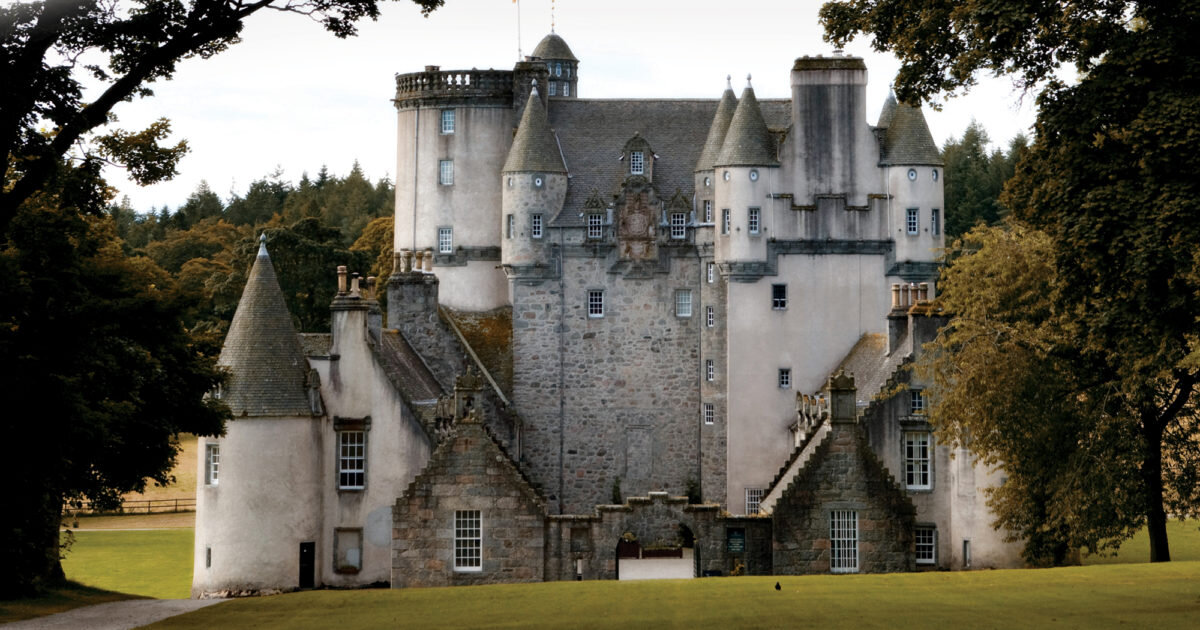
Castle Fraser
• Aberdeenshire•
Once known as Muchall-in-Mar, Castle Fraser is an elaborate, five-storey Z-plan castle which was constructed in 1575 by the 6th Laird of Fraser, Michael Fraser, although there is archaeological evidence of an older square tower dating from around 1400 or 1500 within the current construction.
The castle is located near Kemnay in the Aberdeenshire region of Scotland, and stands in over 300 acres of impressive grounds.
Castle Fraser and the Jacobites
Castle Fraser has been home to several notable Jacobites, including Charles, 4th Lord Fraser. Charles accidentally died by falling from a cliff whilst attempting to escape Government troops in 1716.
But the Frasers’ allegience was not always clear cut. In fact Clan Fraser was split during the Jacobite rising of 1715. While some, like Charles, supported the Jacobite cause, there were many who supported the British Government, including Simon ‘the Fox’ Fraser, Lord Lovat.
In 1715, a force led by Lovat surrounded the Jacobite garrison in Inverness and forced their surrender. The Inverness garrison surrendered to Lovat on the same day that the Battle of Sheriffmuir was fought, and another Jacobite force was defeated at the Battle of Preston. And then in 1719 clan Fraser fought for the British government at the Battle of Glen Shiel where they helped defeat the Jacobites.
But by the time Bonnie Prince Charlie landed of Scottish shores and rallied his troops, the infamous Lovat had switched allegiances. He now supported the Jacobites, namely due to the new title of Duke of Fraser, Marquess of Beaufort, Earl of Stratherrick and Abertarf, Viscount of the Aird and Strathglass and Lord Lovat and Beauly in the Jacobite Peerage of Scotland, bestowed upon him by James Francis Edward Stuart in 1740.
Frasers were on the front lines of the Jacobite army at the battle of Falkirk, and the battle Culloden in 1746. A battalion of 400 Frasers was in the front line at Culloden. Old Lovat too old to fight at the battle, but afterwards tried and failed to persuade Prince Charles Edward to to rally his routed army and fight on.
The Fraser leader was Charles Fraser of Inverallochy, the 6th Lord Fraser’s eldest son. Unfortunately, he was left wounded on the battlefield and murdered killed by a government soldier the following day. His father was also Charles Fraser, and was at the time in charge of the Castle Fraser estate and a staunch Jacobite.
Correspondence between the 6th Lord of Fraser and Simon ‘the Fox’ Fraser can be viewed upon your visit to Castle Fraser.
Brief History of Castle Fraser
The last male Fraser of the direct line, Frederick Mackenzie Fraser, died childless in 1897. Due to the lack of a suitable heir and mounting financial difficulties, his widow sold the castle to the Pearson family. They restored the castle as a shooting lodge and gave it to the National Trust for Scotland in 1976.
Castle Fraser retains much of its original contents, including Fraser family portraits, furniture and collections, which can be viewed between Easter and October. The grounds are available to visitors all year round, and the castle can also be hired for corporate events and weddings etc.
There are also fantastic historical reenactments held within the grounds at certain times of year, giving visitors the opportunity to find out more about life in the armies of 1745 and witness an example of a skirmish between the Jacobites and the Redcoats.
As you explore this magnificent fortified castle, it is also worth looking out for the Laird’s Lug, secret staircases, a spy hole, hidden trapdoors and Charles Mackenzie Fraser’s wooden leg!
Pricing & Opening Times
Getting There
Location
Sauchen
Inverurie
Aberdeenshire
AB51 7LD
What3Words reference
prospers.wounds.query

